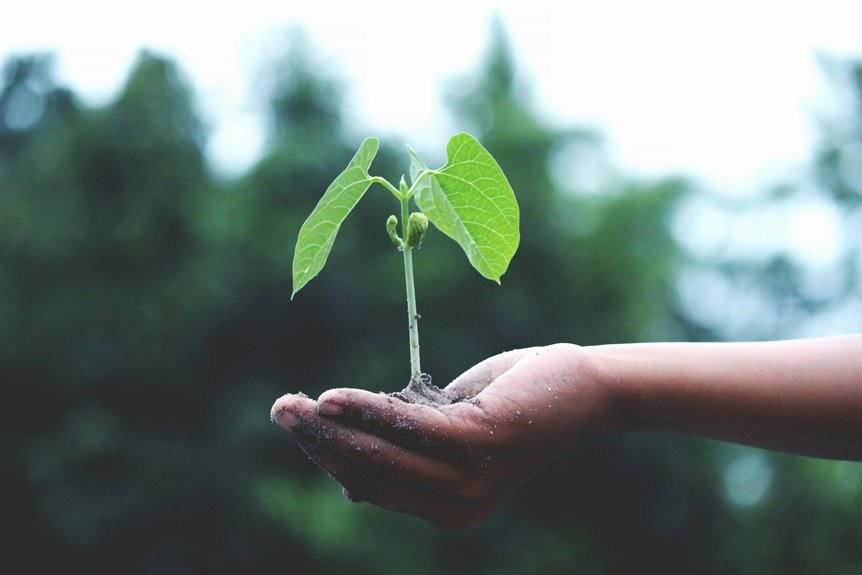
Mutf_In: Nipp_Indi_Grow_14uthgc
Mutf_In: Nipp_Indi_Grow_14uthgc represents a significant shift in sustainable agriculture practices. By emphasizing crop rotation and ecological balance, it aims to empower farmers and enhance soil health. Innovative approaches such as vertical farming and smart agriculture technologies promise to optimize resource use and minimize waste. However, the implementation of these techniques may face various challenges. Understanding these aspects could reveal the potential impact on the future of farming and food security.
Understanding the Core Principles of Mutf_In
Mutf_In represents a nuanced framework that integrates various principles fundamental to its operation and effectiveness.
Central to its design are core concepts such as adaptability and sustainability, which inform its practical applications across diverse environments.
This integration not only enhances agricultural practices but also empowers individuals seeking autonomy in their food production, fostering a sense of freedom and self-determination in their endeavors.
Potential Benefits for Sustainable Agriculture
As sustainable agriculture increasingly becomes a priority in addressing global food security, the integration of innovative frameworks like Mutf_In offers significant potential benefits.
By promoting practices such as crop rotation, Mutf_In enhances soil health, leading to improved nutrient availability and reduced erosion.
This holistic approach not only fosters ecological balance but also empowers farmers, ensuring a resilient agricultural future aligned with environmental stewardship.
Challenges and Considerations in Implementation
While the potential of Mutf_In in sustainable agriculture is promising, several challenges and considerations must be addressed to ensure successful implementation.
Effective resource allocation is crucial to balance financial and environmental goals.
Additionally, fostering stakeholder engagement is essential to build trust and facilitate collaboration among farmers, researchers, and policymakers, ensuring a unified approach that maximizes the benefits of Mutf_In for all involved.
The Future of Mutf_In in Modern Farming
How can modern farming evolve to meet the challenges of sustainability and efficiency?
The future of Mutf_In lies in integrating vertical farming and smart agriculture techniques.
These innovations promise to optimize resource usage, reduce waste, and enhance crop yields.
As society pursues greater freedom in food production, Mutf_In can empower farmers to adopt these advanced practices, fostering a resilient agricultural landscape for generations to come.
Conclusion
In conclusion, Mutf_In: Nipp_Indi_Grow_14uthgc stands as a beacon of hope amidst the turbulent seas of global food insecurity. By intertwining innovative practices with sustainable agriculture, it cultivates not only crops but also resilience and autonomy for future generations. However, navigating the challenges of implementation will require a collective effort akin to tending a garden—where every hand contributes to the flourishing of a sustainable future in farming.



